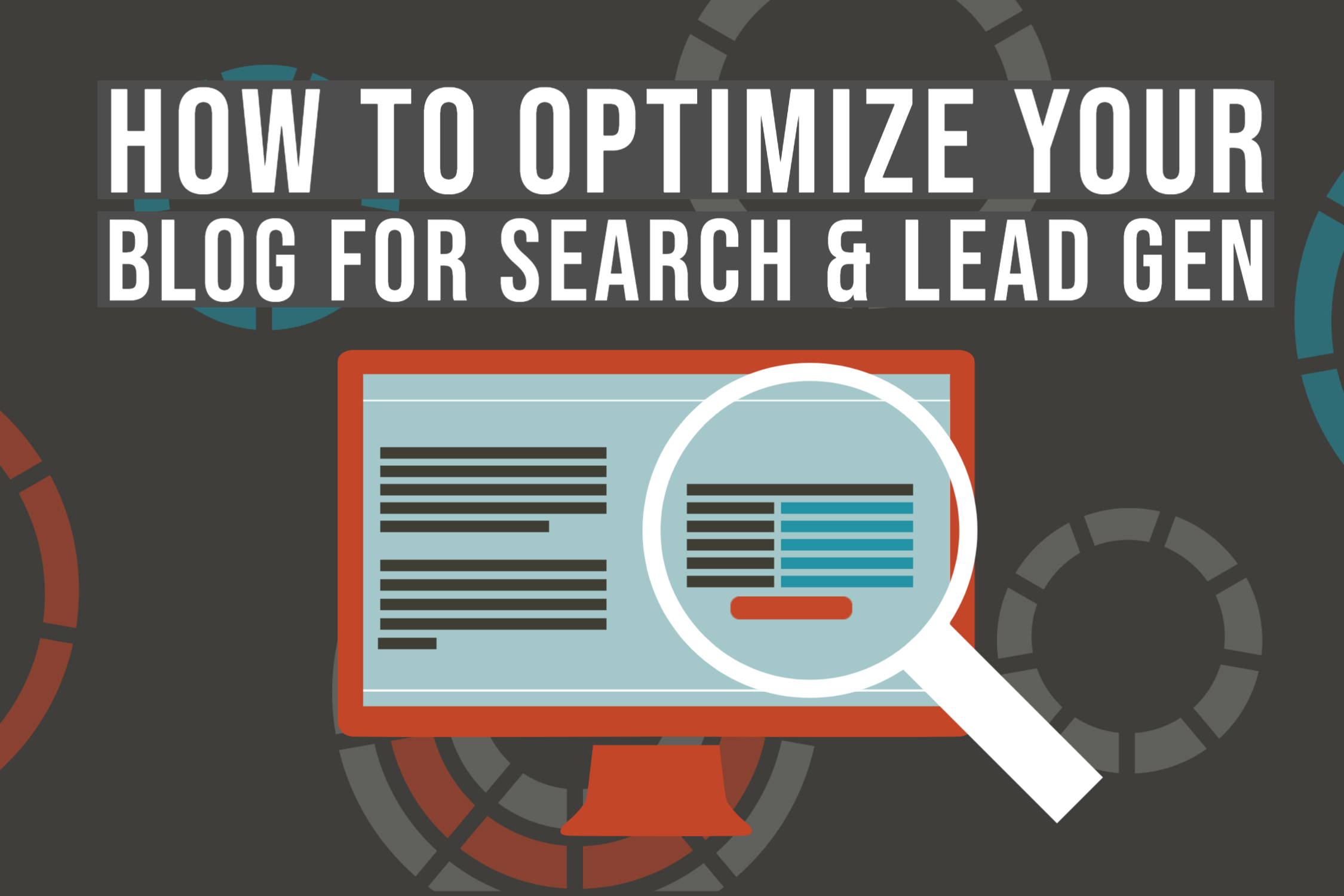Why You Should Start A Business Blog Now: SEO & Lead Generation
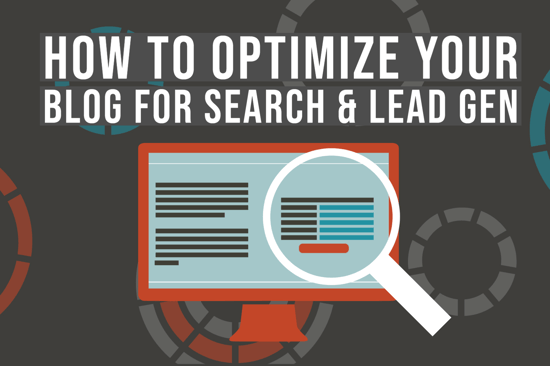
Business blogs have been around for more than a decade, and in some reports they are losing ground to other content strategies in marketers’ arsenals. So, if you don’t already have a business blog, why should you start one now?
Here’s one reason: Companies that prioritize blogging report 13 times the ROI of those that don’t. (Source)
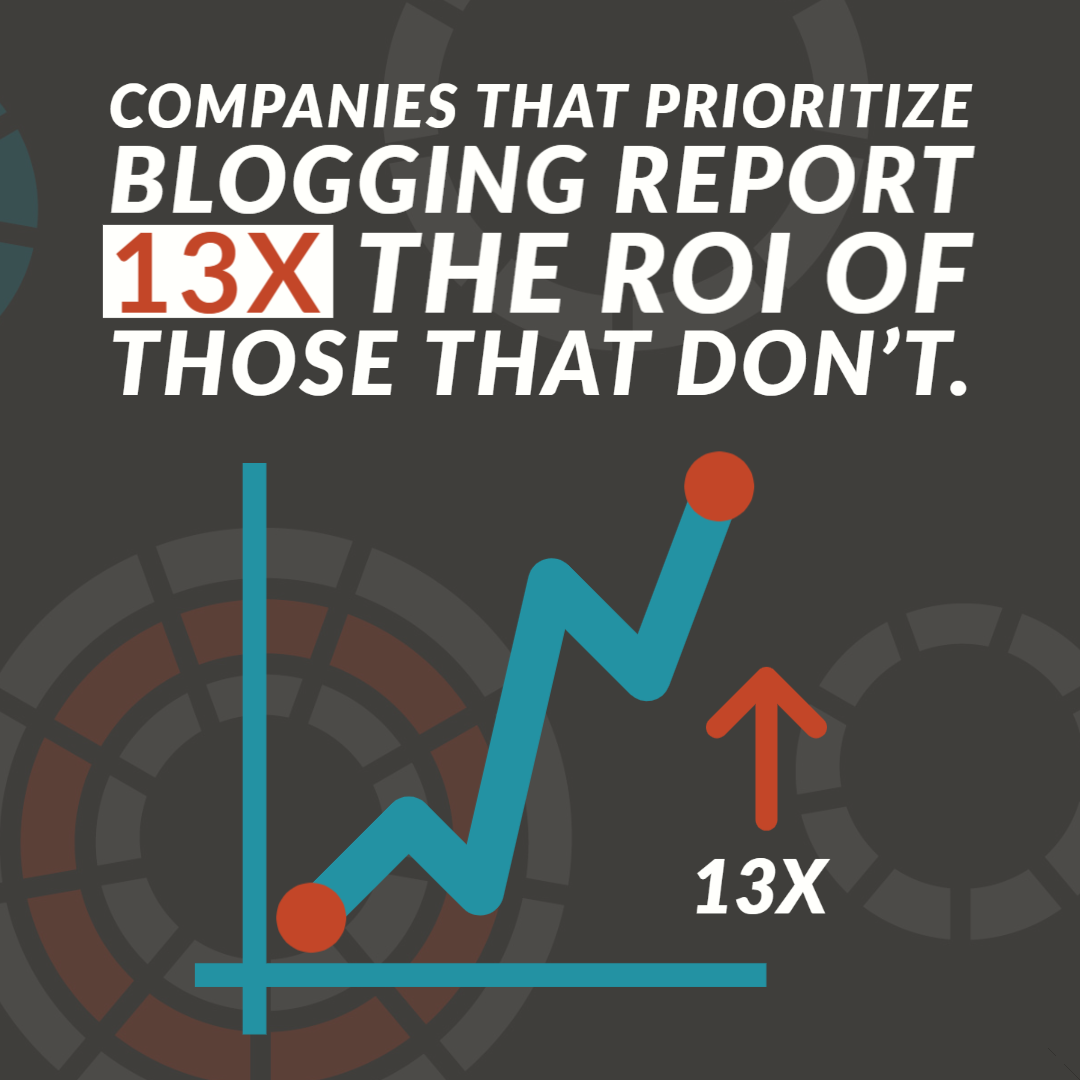
Why wouldn’t you start a business blog now? Business blogs continue to be valuable tools for search engine optimization of your website and lead generation, particularly in B2B markets.
Using Your Business Blog For Search Engine Optimization
To quote our partner HubSpot:
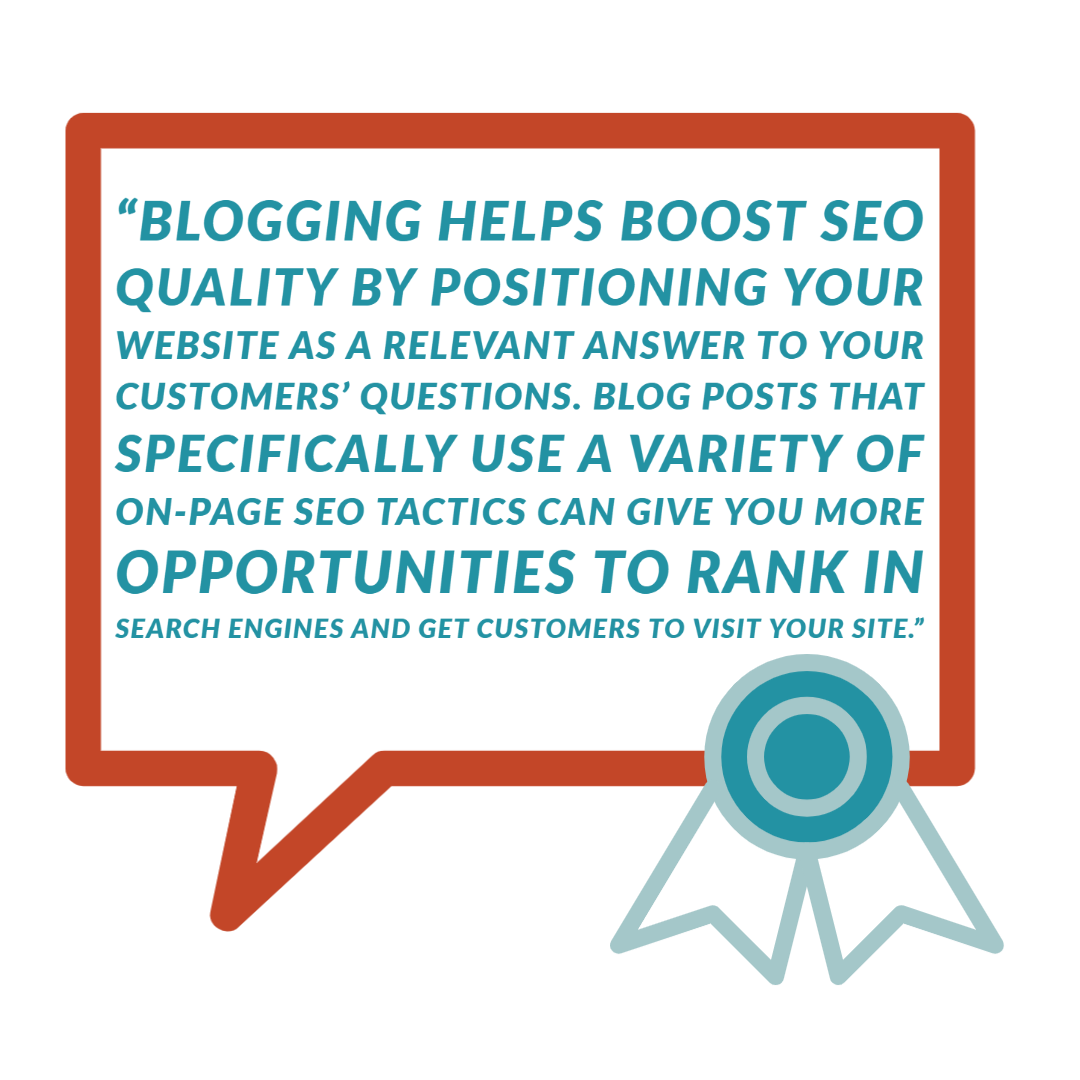
How blogging increases search rankings to generate additional traffic:
More pages = more (current) content = more keyword opportunities. When you regularly publish new content to your business blog, you send signals to the search engines that your website contains current information. Each new page is an opportunity to address another keyword or phrase that you want to rank for in search engine page ranks. Frequent updates also keep your website current, which is a signal to search engines about the authenticity and value of your site. It also gives them a reason to crawl your site more often to update which pages are indexed for search.
Answer questions your prospects are asking. The average internet user conducts 3 to 4 Google searches each day, many of them in the form of a question. Your business blog is the opportunity for you to provide the answer to the questions your prospects are asking.
Reader signals such as time on page and backlinks from other sites increase your ranking. Google’s algorithm uses the feedback readers provide such as how much time they spend on each page and whether other websites link to your content as indicators of the value of your content and website. A useful, well-written blog post is more likely to earn both of those indicators than a single product-description paragraph or a page that visitors bounce from quickly without visiting other pages on your website.
How to optimize your blog for search
In order to maximize the SEO boost your website gets from your business blog, it is important to remember these best practices.
Choose longtail keywords that correlate to how your customers search for information. Consider these statistics: 50 percent of search queries are four words or longer, and organic SERP clickthrough rates are higher for long-tail keywords (three to four words) than generic keywords (one to two words) by between 3 to 5 percent. (Source) That means the keywords you optimize for should match that style of search. Instead of “shoes,” think “men’s running shoes in St. Louis” or “best shoes for skateboarding”.
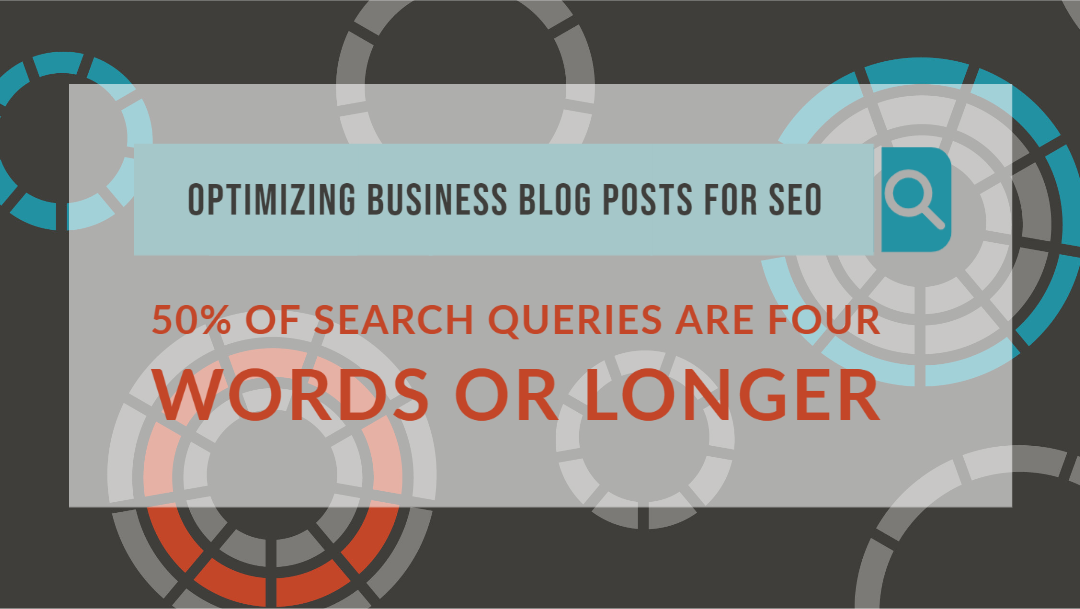
Write for readers. Yes, I just said to choose keywords, but don’t make the content about the keywords, make it about the readers. By creating useful, unique, in-depth content that stands up to time, your blog posts will continue to attract readers for weeks, months or even years. Some of our most-read blog posts today were written several years ago, but because they are evergreen and still useful, readers keep coming to them. (Here are two examples from our top 5 most-read posts this year: Defining Lead Status: Cool, Warm, Hot from June 2018 and 8 Elements Every Brand Concept Should Include from November 2016.) I’ve gone into more detail about how to write for readers here: Write For Readers, Not Search Engines, To Boost SEO.
Write for rich snippets. While this doesn’t necessarily increase your ranking in the SERP, it can increase click-through rates by making your results listing more complete or even having it chosen by Google as the featured snippet for a search. Optimizing the appearance of rich snippets when your page is listed in search results begins with creating a meta description for each page. In order to be chosen as a featured snippet, your content should ideally answer questions readers ask in searches. See the example below:
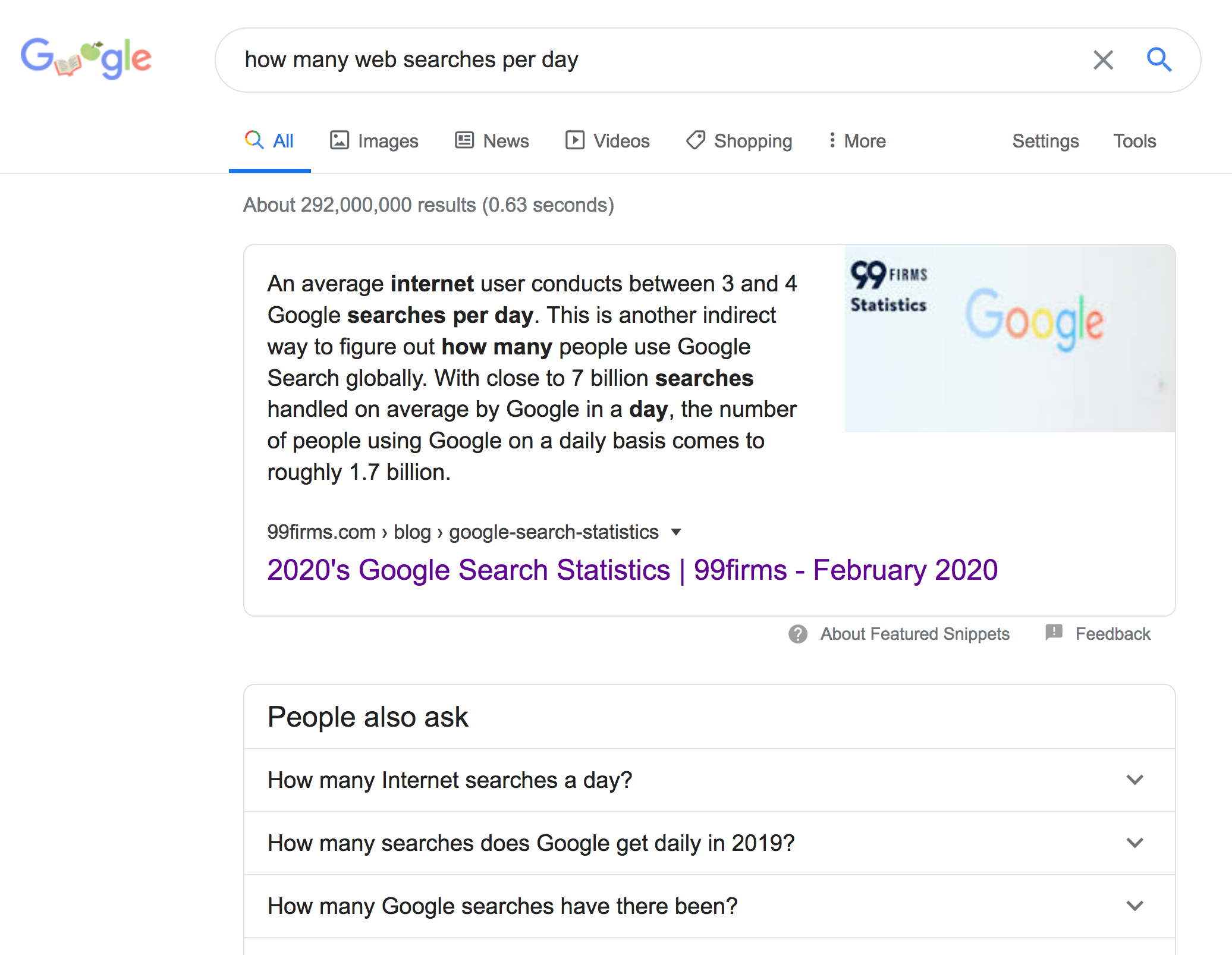
Take time for on-page SEO: While you want to write for readers, take time in the structure of your blog posts to focus on the little details that send additional signals to search engines about what your content is all about. This means including keywords in the URL of your blog post page, in image names and alt text for images, and in headings. I’ll even use this specific post as an example. If you look, you’ll see that the URL contains the title of the post, which includes the keywords I’m focusing on: business blog, SEO and lead generation. If you view the image information, you’ll see that the header image also includes those keywords, and each of the other images includes at least one of them, as is relevant to that image. And again, the headings include those keywords, while also providing a structure for the post that search engines can use to determine intent and focus. (Use our most-frequently downloaded resource from the Inbound Marketing Learning Library to help you out. Click here to get our On-Page SEO Planning Template.)
Use links to share authority. While most people understand that links from other sites to yours increase your search rankings, did you know that it also works the other way? When you link out to trusted sites, it improves the reputation of your site as a source of useful information, showing it is not just a dead end. It also helps search engines better understand your niche as you link to related content on other sites. You should also link from your blog posts to related information on your own site, especially when you can use important keywords for those other pages as your anchor text. For example, if in this post I was talking about the role blogging plays in inbound lead nurturing campaigns, I would link that four-word longtail keyword phrase this blog post: 5 Things You Need To Know About Inbound Lead Nurturing Campaigns.
You can find a few more tips for optimizing your blog for search in this post from HubSpot.
Using Your Business Blog For Lead Generation
Increasing web traffic to your site by using a business blog to improve search engine rankings is a start. But why do you really want that additional traffic? Because you want to increase leads and sales.
On average, B2B businesses that blog produce 67 percent more leads per month. (Source)
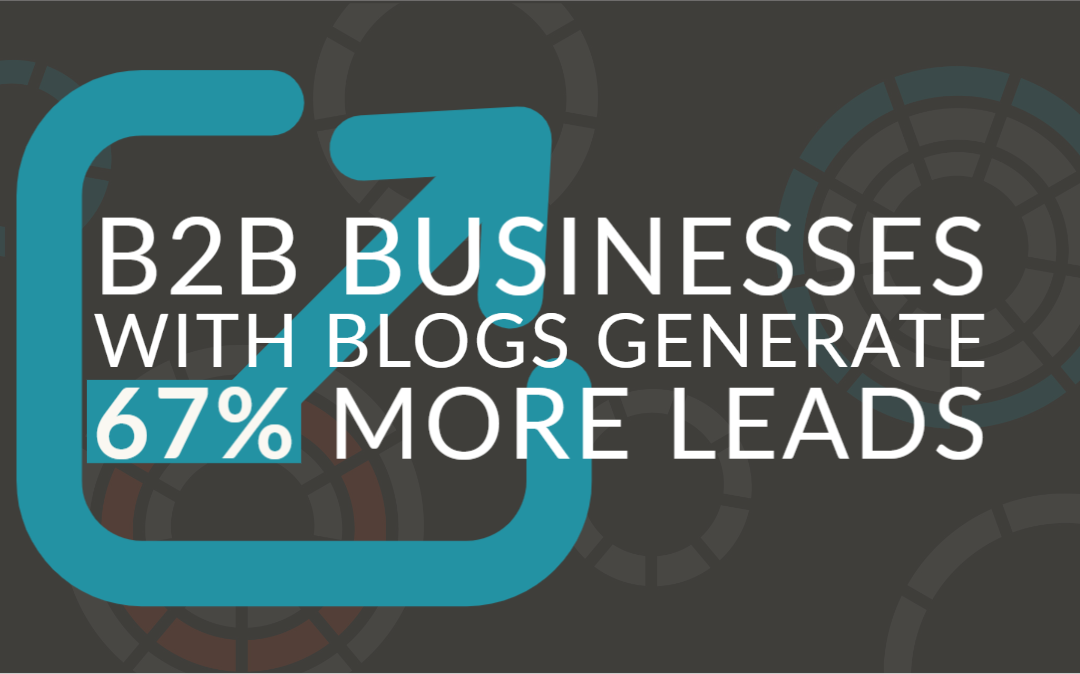
How blogging supports online lead generation
Business blogs attract visitors. As we just discussed, hosting a business blog can be a boon to your website SEO, providing the opportunity to bring in traffic to your site. Blog posts can also increase the number of visitors to your site when they are promoted on social media accounts, through email, or in other marketing channels. A strong content strategy that includes a business blog gives prospects a reason to visit your website.
Business blogs provide opportunities to promote offers and establish lead nurturing. Once you have visitors on your site to read your blog, you can offer them opportunities to further engage with your company by accessing any number of inbound offers. Those offers can range from a simple blog subscription to downloadable reports and webinars, free trials or consultations. Once a visitor converts into a lead on your website, you can then begin a lead nurturing workflow to keep them engaged, because you know that most purchase decisions don’t come immediately. In fact, nearly 2/3 of them won’t make a purchase decision for at least 3 more months. (Source: Marketing Donut via HubSpot)
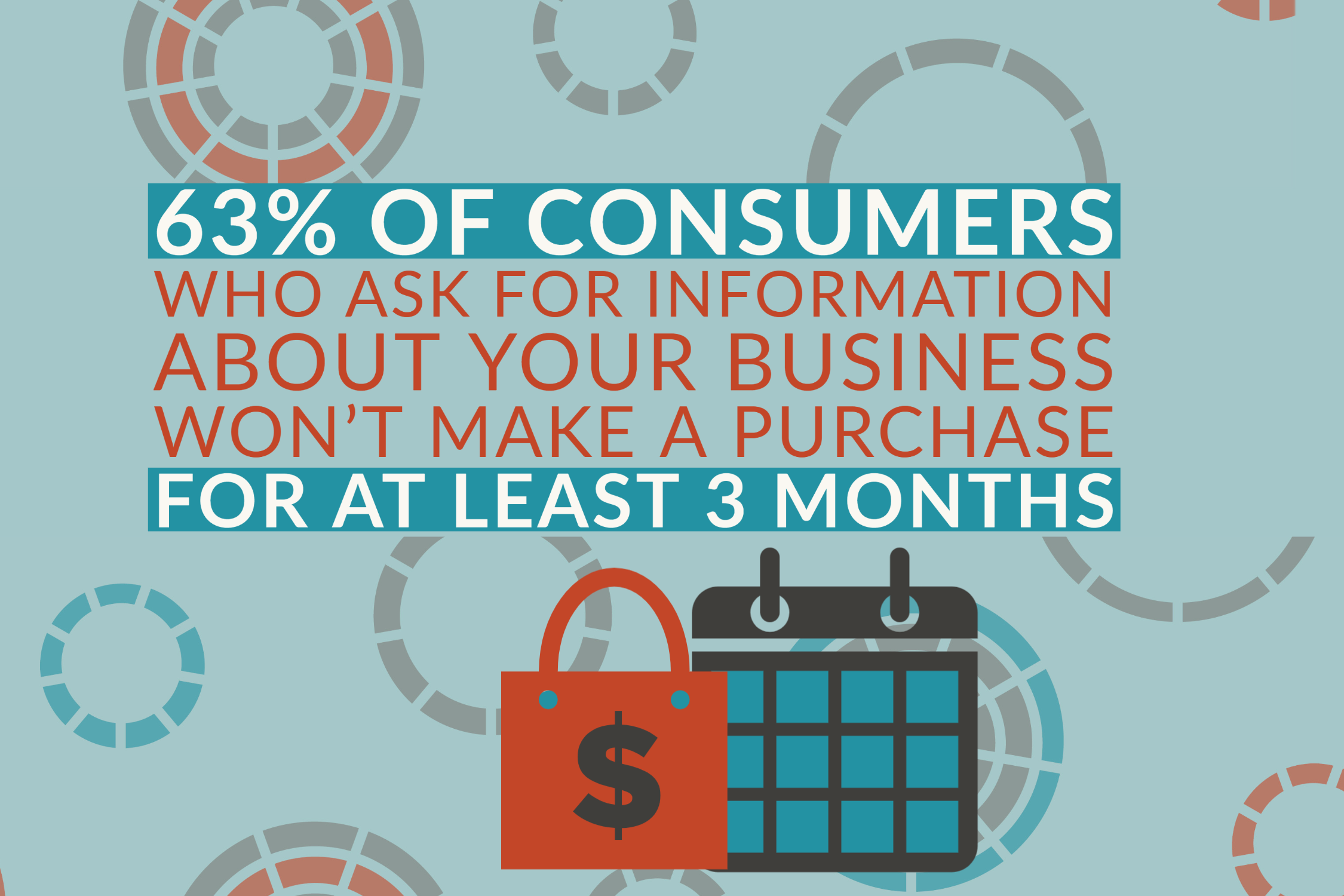
Business blogs establish authority and trust. By consistently publishing useful, innovative, informative content to your business blog, you can establish yourself as a trusted source of information and a leader in your industry. As readers share your blog posts with their own networks, you also gain word-of-mouth awareness. But for your blog to be a tool for establishing authority and trust, it has to be reader-focused, not sales-focused.
How to optimize your blog for lead generation
Your business blog is just one more tool in your kit for reaching your most important marketing goals, which are primarily centered around lead generation. It isn’t surprising that 85 percent of B2B marketers say lead generation is their most important content marketing goal. (Source: Ring Lead, 2017, via HubSpot)
.png?width=1080&name=JONES-business-blog-content-marketing-lead-generation_Draft3%20(2).png)
So how can you optimize your blog to achieve your lead generation goals?
Provide useful information: People don’t read blogs to learn more about brands and products (even though that might be what we would like them to do). According to a recent survey by HubSpot of 300 blog readers, the most common reason cited was to learn how to do something new. While 34 percent selected this reasoning, 20 percent said they read blogs to be entertained, and another 12 percent read blogs to learn about news or trends in their job or industry. Those numbers reinforce the need to create content—including blog posts—the fit our definition of quality content: tell a story or solve a problem, make it useful, make it shareable, make it findable, and ensure it is technically sound.
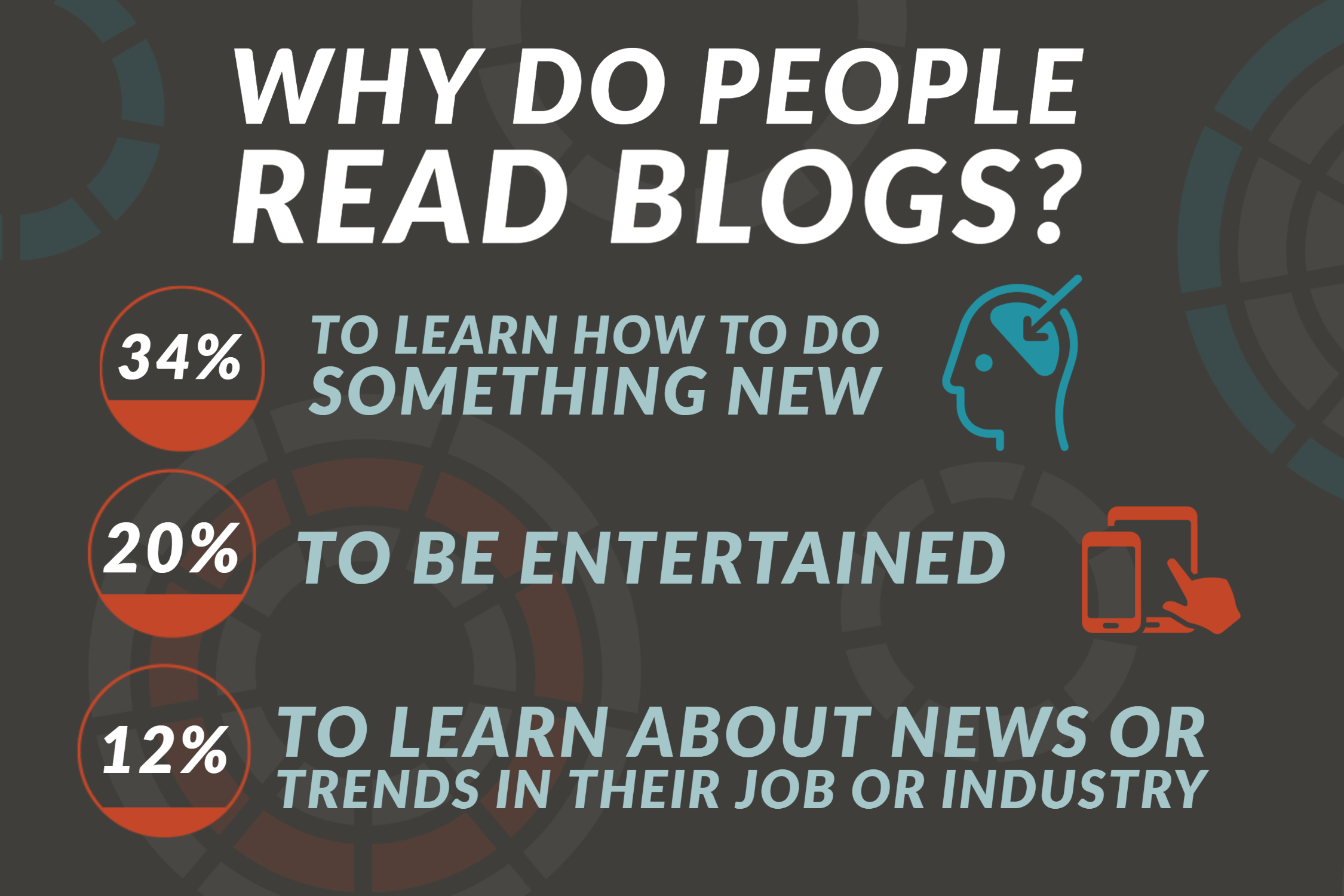
Write for all stages of the sales funnel. The visitors who come to your website (or that you want to come to your website) won’t be one-size-fits-all. They may be at different stages of the buyers’ journey, and therefore they may need different types of information. Develop a business blog calendar that includes posts for all stages of the sales funnel, from awareness level to consideration to decision. When you are writing for the decision stage of the sales funnel is one place where you can get more product- or service-specific in your blog posts. Those posts should include customer testimonies and case studies, or guides to choosing a service provider, but these shouldn’t be the only types of posts on your business blog.
Include calls-to-action (CTAs) for a variety of offers. In order for your blog to actually generate leads, you will need to link from it to landing pages where visitors can access offers and convert by completing a form. Don’t use the same CTA for all blog posts, especially not just one that goes straight for a sales call. Your visitors will likely want to do more research and learn more before engaging directly. More than 8 in 10 B2B buyers do online research before contacting a vendor. (See more of what B2B buyers want from content here.) Vary your offers based on the topic of your blog post and the level of the sales funnel it is targeting. That means including CTAs for blog subscriptions, social media follows, downloads, free trials, and consultations. These CTAs and offers give readers a reason to continue to interact with your website and your brand.
Include calls-to-action in a variety of forms. Just as you vary the offers your CTAs promote, include CTAs that are in different forms. Readers can develop banner blindness that prevents them from really seeing or noticing banner and sidebar ads at times. You should still use those to promote your offers, but also consider other ways of linking readers to your landing pages, including both explicit calls-to-action in the text itself—such as “Download our latest business blogging resource here”— and implicit CTAs that simply link related anchor text to an offer. Here is an example of that type of call-to-action. Slide-in offers and chat bots can also be ways of increasing reader interaction with your website and generating leads.
Business blogs, when done well, have a huge potential to boost your content marketing results, from search rankings and web traffic to lead generation and sales (which should also factor into your marketing goal setting. Are you already using a business blog as part of your inbound marketing strategy? If so, you’ll want to read the additional tips offered in our ebook Business Blogging: Do This, Not That. If you haven’t yet implemented a business blog, and you aren’t sure how it would mesh with the rest of your marketing program, let’s talk. I’d love to schedule a no-obligation consultation to learn more about what you are currently doing and what you can do in the future to achieve your goals.
-1.png?width=1652&height=294&name=Jones(RGB)-1.png)

